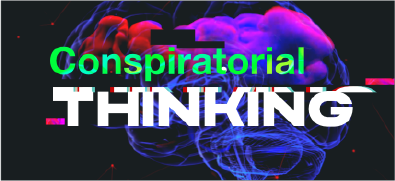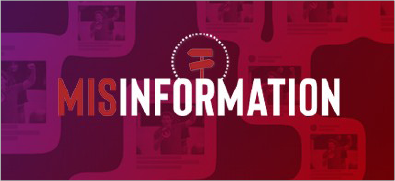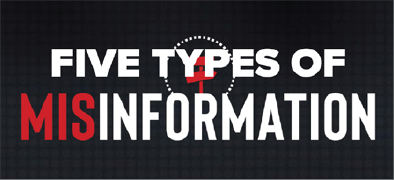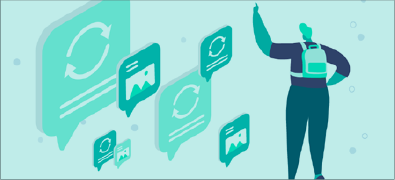Teaching news literacy
Identifying misinformation and conspiracy theories
Misinformation is the greatest threat to democracy — and the primary focus of National News Literacy Week 2022. By teaching a deeper understanding of misinformation, including conspiratorial thinking, you can help students become less susceptible to it and more likely to prioritize reliable, verified sources of news and information. Here are some tools and resources to help target additional skills.
A strong foundation of news literacy skills can help prepare your students for learning about misinformation.
Download a PDF copy of this resource list.
Identifying primary purpose
Not all information is created equal. By discovering primary purposes of information, students can develop the habit of questioning the purpose of all the information they encounter.
Understanding news media bias
Bias is one of the most controversial and important subjects in news literacy. Understanding bias can help students fully assess the degree of impartiality in a given news story.
Evaluating evidence and sources
Learning to properly evaluate sources for signs of credibility can help students know what to trust and make reasoned arguments based on facts and evidence—an important part of civic discourse.
Digital verification skills, including advanced search
Being a digitally savvy citizen means being able to assess the authenticity and origins of sources and claims. You can help students develop these skills, including advanced search, lateral reading and geolocation.
Understanding the First Amendment and the free press
By focusing on First Amendment protections in action, students can gain a deeper, more personal understanding of the First Amendment’s value to citizens and of their own First Amendment rights.






